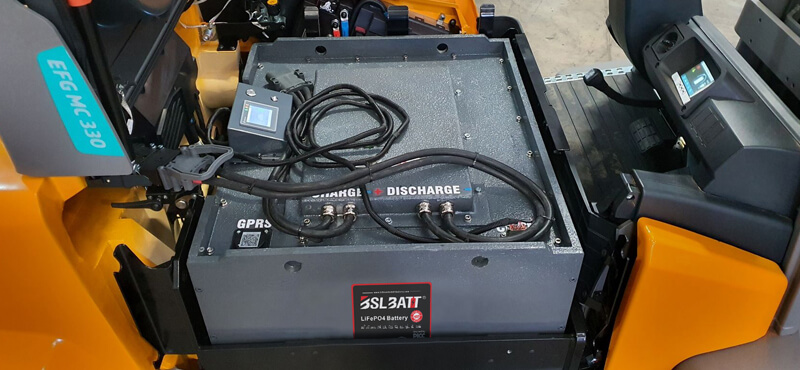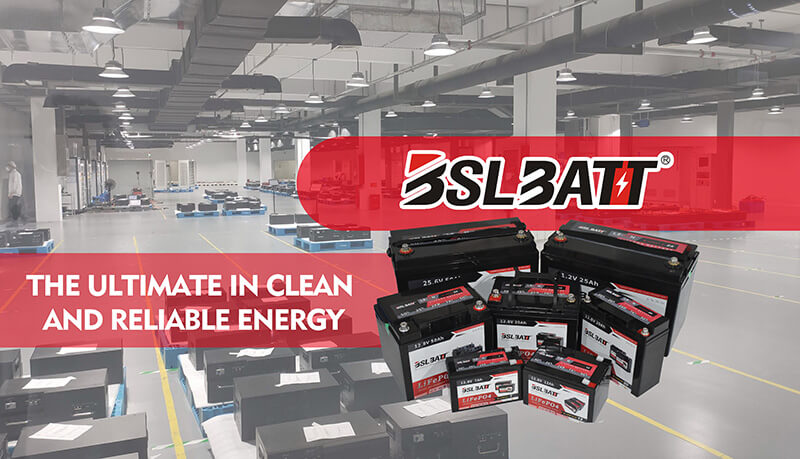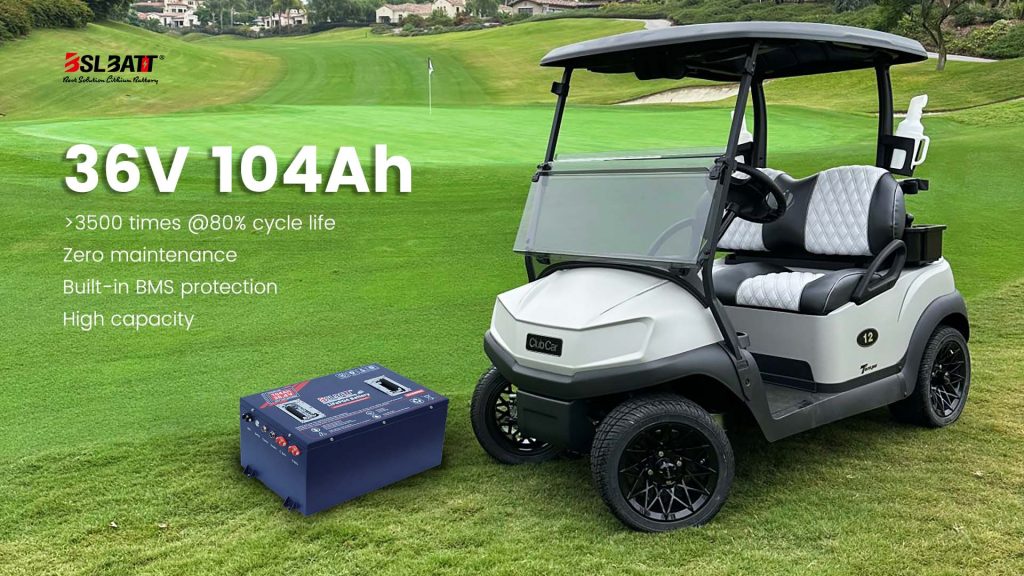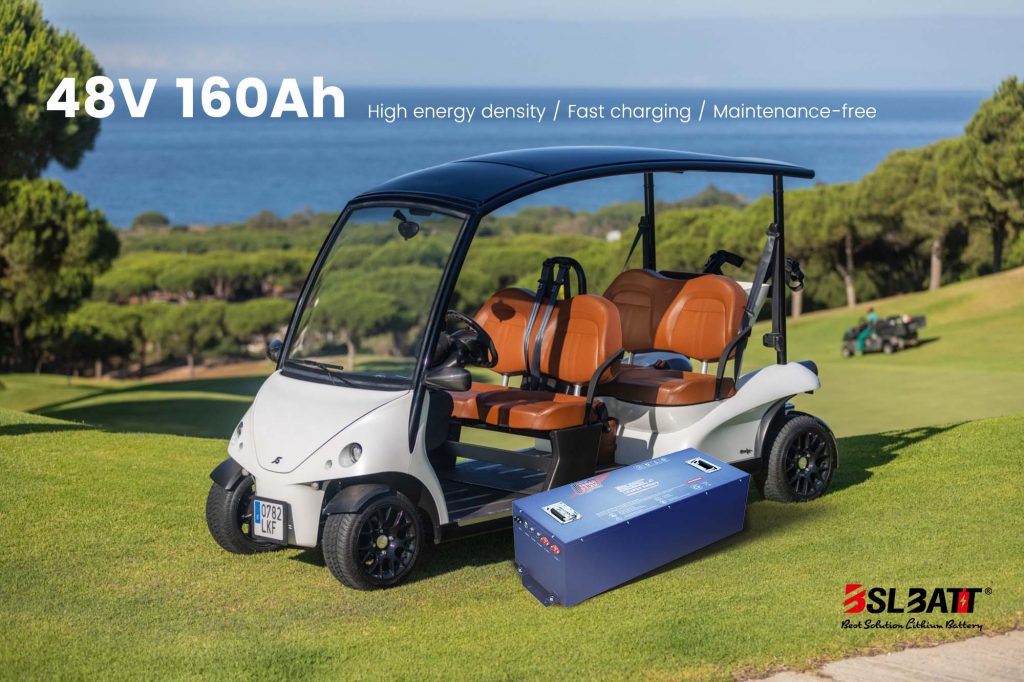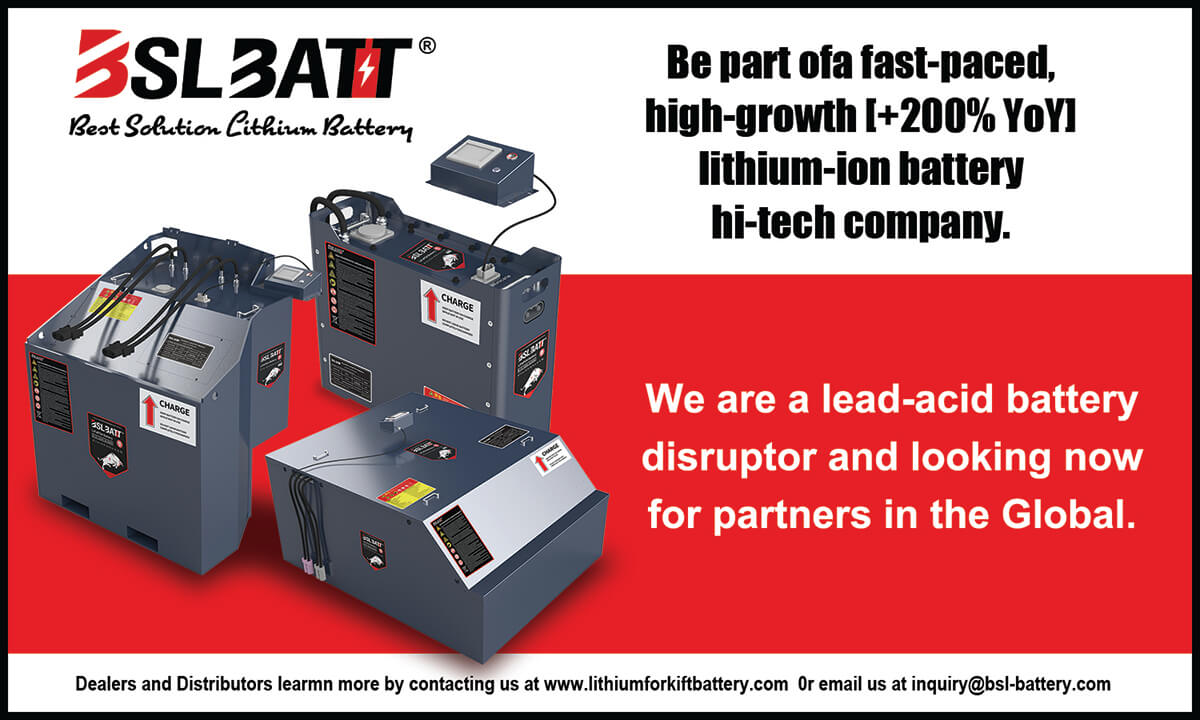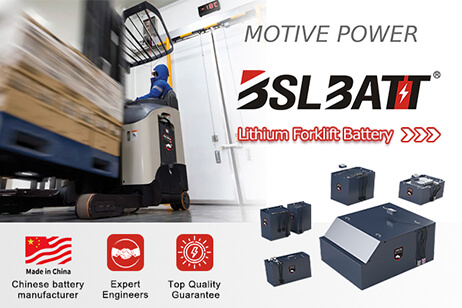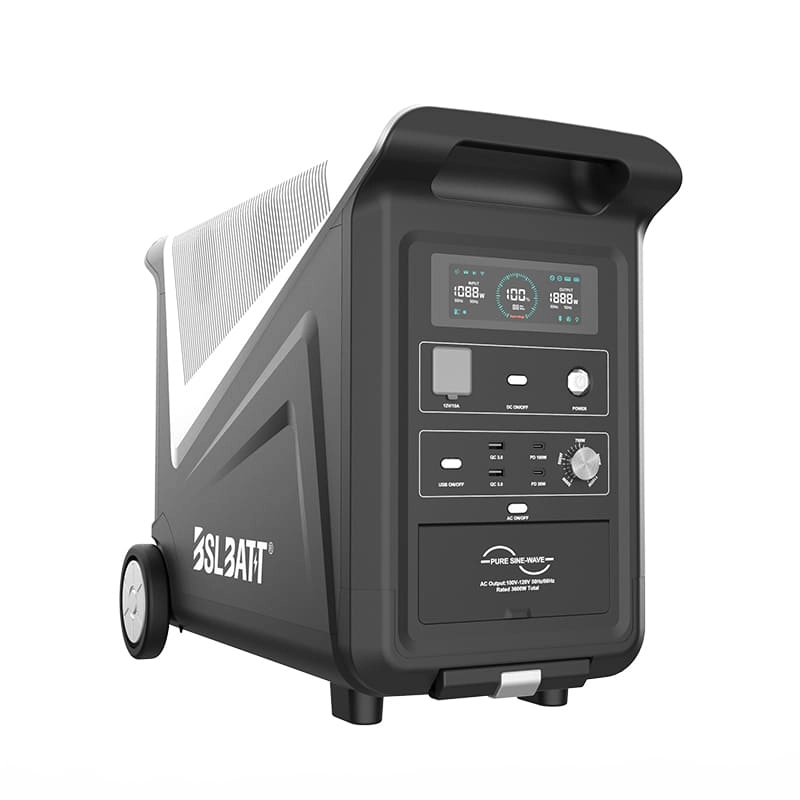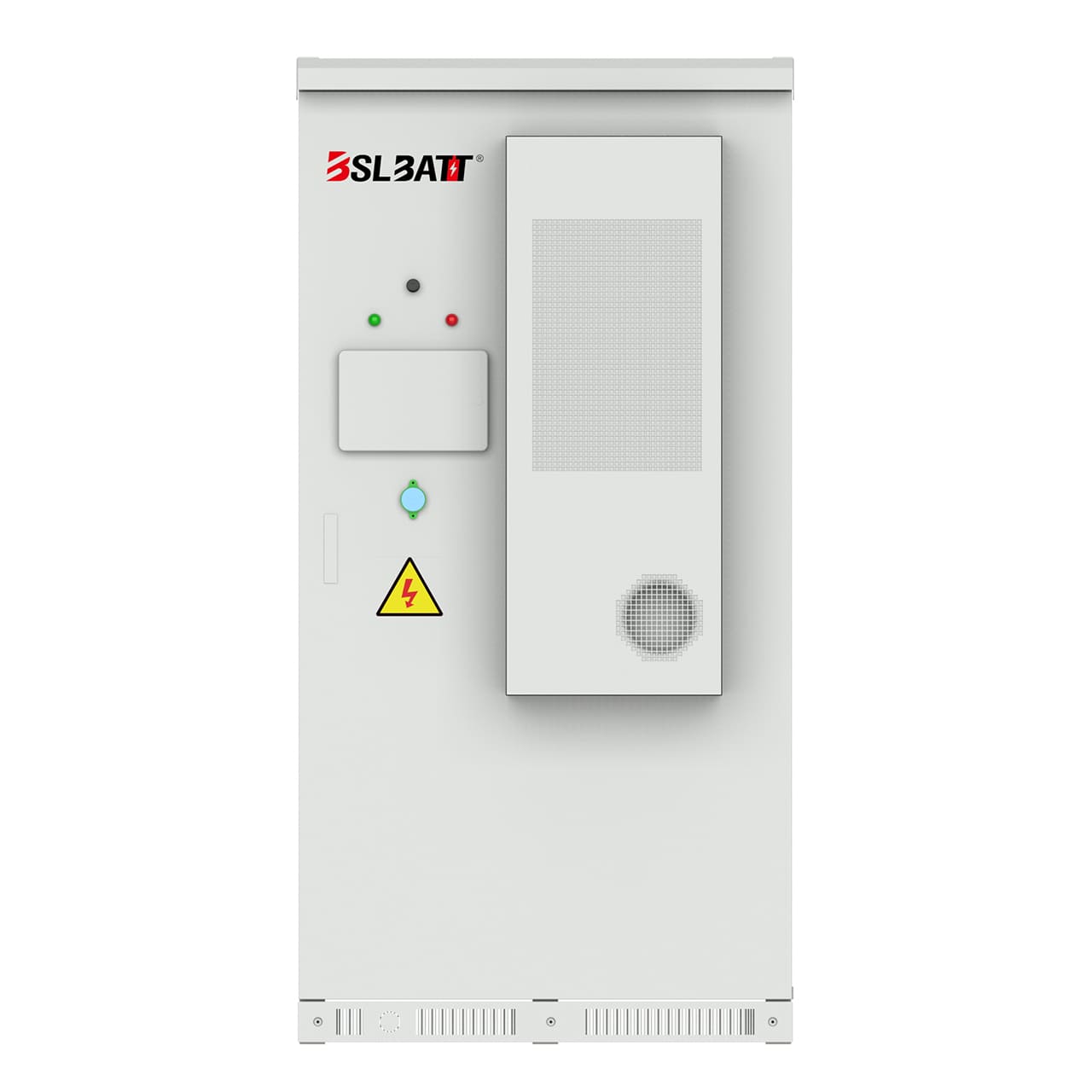Industry Application
Product Type
5 Reasons Using A Lead Acid Battery Hurts Customer Satisfaction
| Vehicles and applications that require battery power are expected to run longer, stronger and faster in today’s market. Consumers frequently put too much stress on applications that use lead acid batteries, which often leads to premature battery failure.
Anytime you make a purchase, it’s best to understand the ins and outs of your new product. But, let’s be honest – sitting and reading through a manual or doing research isn’t always the top item on your to-do list. So, we narrowed down what you need to know here. Engineers are able to prevent their products’ batteries from failing by installing a healthier battery as the “heart” of an application. Lithium-ion batteries are the smart choice.
However, many products still reach the market with lead acid batteries as their power source. The following drawbacks explain why lead acid batteries hurt customer satisfaction: 1. Slow Charge Rates Limit Operational TimeUndercharging occurs when the battery is not allowed to return to a full charge after it has been used. Easy enough, right? But if you do this continuously, or even just store the battery with a partial charge, it can cause sulfating. (Spoiler alert: sulfation is not good.) Sulfation is the formation of lead sulfate on the battery plates, which diminishes the performance of the battery. Sulfation can also lead to early battery failure. A slow charge rate is important for many end users to consider because this factor limits an application’s operational time. In order to gain runtime, an additional battery or a larger battery is needed. Pro tips: The best way to prevent this from happening is to fully recharge the battery after use and before storing. You should also top off the charge every few weeks if the battery will be stored for a long period of time. 2. Insufficient charging will affect running timeWhile you certainly don’t want to keep your battery in an undercharged state, overcharging is just as bad. Continuous charging can: ● Cause corrosion of the positive battery plates. ● Cause increased water consumption. ● Even allow for excessive temperatures causing damage inside the battery. ● This continuous heating from overcharging can destroy a battery in just a few short hours. Pro tip: a good rule of thumb to help avoid the trap of overcharging is to make sure you charge your battery after each discharge of 50% of its total capacity. If the battery will be stored for a month or more you should charge to full capacity before storing and then charge throughout the storage time. Every few weeks should be fine. You can also consider using a trickle charger. A trickle charger is designed to charge your battery slowly over a period of time and not overcharge it. Some trickle chargers can be safely connected to the battery for a few days while others are designed to stay connected for a few months. 3. Insufficient Run Time Causes FrustrationDue to its internal resistance, a lead acid battery’s usable capacity is often 50-65 percent of the rated capacity. For example, a 12V 100AH lead acid battery only offers a true usable battery capacity of 50AH-65AH in a full discharge cycle, depending on the discharge load. As the battery ages, usable battery capacity decreases. Batteries must be oversized to maintain their expected run time in the long term, which is rarely possible due to each application’s specifications. Otherwise, lead acid batteries must be replaced well before they have expensed their capable cycle life. Insufficient run time leads to unexpected costs and frustration for the consumer or end user, resulting in a high rate of customer dissatisfaction.
4. Insufficient water can paralyze the running time of the application vehicleBecause water is lost during the charging process, damage can occur if that water is not replenished. If the electrolyte level drops below the tops of the plates, the damage can be irreparable. You should check your batteries’ water level frequently, and refill the cells with distilled water as needed. Under watering, the battery can cause sulfation that is irreversible. Pro tip: the best way to avoid this is to refrain from overcharging and check your water levels. The more the battery is used and recharged, the more often you will need to check for electrolyte depletion. Keep in mind, a hotter climate will also increase water depletion. Make sure the battery is fully charged before adding more water to the cells. Not only can your battery have too little water to function properly, but it can also have too much. Overwatering can cause the electrolytes to become diluted, which results in diminished battery performance levels. Pro tip: a normal fluid level is around ½ inch above the top of the plates or just below the bottom of the vent. If you check your fluid levels and the water level is sufficient, do not top it off. Let’s do a quick myth buster: there is a common belief that lowering the charge voltage to 13 volts or lower will decrease the need to check the water levels as often. While this is true, it can also lead to battery stratification – which causes the battery acid to separate from the electrolytes and collect at the bottom of the battery. This leads to sulfation which, as mentioned earlier, leads to decreased battery performance and a shortened life cycle. 5. High Maintenance Demands Are OverwhelmingThere are many reasons a battery may need replacement before its expected end of life. Temperature extremes, depth of discharge and improper or inadequate battery charging are all factors in premature battery failure. To ensure a longer battery life, lead acid batteries must be constantly monitored and cared for. The required testing and maintenance demands are too labor intensive for most customers. Additionally, battery maintenance costs time and money that many consumers are unable to afford. When it comes to lead acid batteries, maintenance is an absolute necessity. Otherwise, customers will need frequent battery replacements. For most applications, the battery is an afterthought. Battery choices are usually not considered until late in the building process. In order to match and surpass the expectations of customers, the right battery needs to be at the forefront of design considerations. |
A Guide to Choosing the Best 48V Lithium Golf Cart Battery
Would it be worth investing in a 48V ...
10 Exciting Ways To Use Your 12V Lithium Batteries
Back in 2016 when BSLBATT first began designing what would become the first drop-in replacemen...
BSLBATT Battery Company Receives Bulk Orders from North American Customers
BSLBATT®, a China Forklift battery manufacturer specializing in the material handling indust...
Fun Find Friday: BSLBATT Battery is coming to another great LogiMAT 2022
MEET US! VETTER’S EXHIBITION YEAR 2022! LogiMAT in Stuttgart: SMART – SUSTAINABLE – SAF...
Looking for new Distributors and Dealers for BSL Lithium Batteries
BSLBATT battery is a fast-paced, high-growth (200% YoY ) hi-tech company that is leading the a...
BSLBATT to Participate at MODEX 2022 on March 28-31 in Atlanta, GA
BSLBATT is one of the largest developers, manufacturers, and integrators of lithium-ion batter...
What makes the BSLBATT the Superior Lithium Battery for your Motive Power needs?
Electric forklift and Floor Cleaning Machines owners who seek the ultimate performance will fi...








